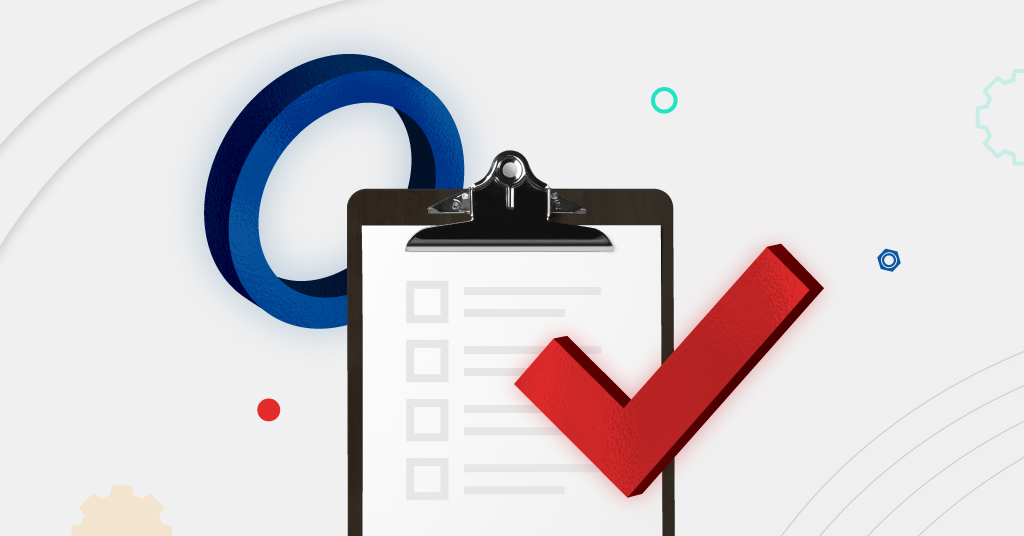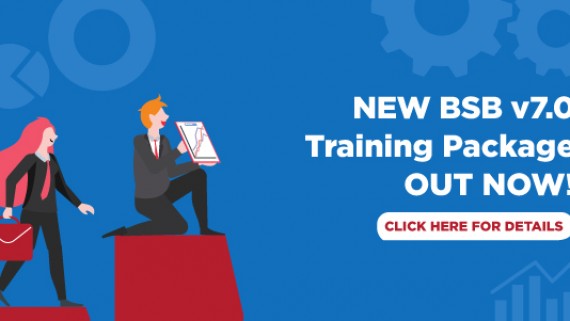Best Practices on AVETMISS Reporting with the AVETMISS Validation Software
AVETMISS (Australian Vocational Education and Training Management Information Statistical Standard) is a national data standard used to collect information about vocational education and training (VET) students, courses, and qualifications in Australia. It is a mandatory requirement for Registered Training Organisations (RTOs) to submit AVETMISS reporting to the National Centre for Vocational Education Research (NCVER) regularly.
However, AVETMISS validation and submission can be a complex task for RTOs as it involves collecting and validating a large amount of data. The data must also be accurate and consistent, meeting the AVETMISS VET Provider Collection specifications. Failure to comply with these AVETMISS standards and guidelines could result in errors in reporting leading to non-compliance risks. So, to help you ensure correct and reliable AVETMISS reporting and validation, here are some best practices.
But to effectively collect, report, and validate the necessary AVETMISS data elements, it is crucial for RTOs to have a thorough understanding of the AVETMISS reporting requirements.
Understanding the AVETMISS reporting requirements
RTOs must ensure that they understand the AVETMISS data elements they are required to collect, report, and validate. This will help with the precision and consistency of your data against the requirements. Some of the data elements AVETMISS requires are:
- Student data such as personal details, contact information, and demographic information such as gender, age, and ethnicity.
- Enrolment data like the course or qualification being studied, the start and end dates, and the delivery mode.
- Unit of competency completed by the students, including the name and code of the unit, the outcome achieved, and the date completed.
- Program or qualifications your RTO offers, like code and title of the program, the level of the program, and the number of units of competency required to complete the program.
- The mode of delivery is used for training, either in a physical classroom setting, online platforms, or blended.
- Assessment methods used, including the assessment type and the assessment date.
- Outcome by the students, as well as the enrolment status, program completion status, and any qualifications or statements of attainment awarded.
How the AVETMISS Validation Software Helps RTO Ensure Data Accuracy
The AVETMISS validation software (AVS) is a tool provided by the NCVER to help RTOs verify the accuracy and reliability of their AVETMISS data. This helps ensure that your data meets the national standards and is consistent with the Data Provision Requirements. It aids by highlighting any errors in your data so you can quickly fix them before submitting it.
There are two stages of validation that occur when using AVS – basic validation and full validation. Basic validation checks for correct file formatting and looks for things like:
- record lengths
- mandatory fields
- valid field types
If any formatting errors are detected during basic validation, they will be displayed in the Status column as “Invalid Format.” AVS will only proceed with the full validation once all formatting errors are corrected.
If the basic validation does not identify errors, AVS will automatically move to full validation, which checks against the rules outlined in the relevant AVETMISS standard. This includes:
- determining data values against reference tables
- checking data ranges
- cross-referencing files
- ensuring record sequencing and dependencies are correct
If errors are detected during full validation, you must fix them within your student management system (SMS), create new data files, upload, and revalidate in the AVS.
It’s important to note that errors must be corrected within your SMS, and you should refer to your provider for further assistance.
Check out the AVETMISS Validation Software User Guide for more information about the AVS.
Mastering AVETMISS Reporting: Best Practices for Error-Free Data Submission
Now that you know how the AVETMISS validation software can help you confirm the accuracy and consistency of your data, it’s time to take your AVETMISS reporting submission to the next level. By following these AVETMISS reporting best practices, you can submit error-free data with confidence. Here are a few tips to help you get started.
1. Use an SMS
Choose a reliable and up-to-date SMS that can handle the AVETMISS reporting requirements and perform basic and full validation checks. Verify that your SMS provider has a good reputation, support, and training services. Plus, keep your SMS up to date with the latest software updates, bug fixes, and AVETMISS reporting changes to ensure that you are submitting precise and compliant data.
2. Validate your data before submission
Make sure to utilise the AVS before submitting it to the NCVER. This will help you identify any errors or formatting issues and fix them before submitting the data.
3. Monitor your data quality
Regularly monitor your data quality to identify any inconsistencies, errors, or gaps that may affect your reporting. Conduct regular data audits and quality checks to ensure that your data is accurate, complete, and consistent.
4. Keep documentation
Maintain detailed documentation of your data validation and submission processes, including any errors, fixes, and changes made to the data. This will help you track your progress, identify areas for improvement, and provide evidence of compliance.
5. Submit your AVETMISS data early
Early submission gives your RTO additional time to identify and correct any errors or formatting issues before the submission deadline. With this, you can avoid the risk of submitting your AVETMISS reporting requirement late and save you from paying penalties.
6. Train staff on AVETMISS compliance
Provide training to your staff responsible for collecting, validating, and reporting AVETMISS data. The training should cover AVETMISS data elements, validation rules, and the data collection process. This will guarantee that staff know AVETMISS compliance requirements and can accurately collect and submit your data per the AVETMISS standards.
In summary, RTOs must ensure their AVETMISS data is correct and meets the required standards. By understanding the AVETMISS data elements, having the right processes and tools, and validating data, RTOs can guarantee that their AVETMISS reporting submission is reliable.











